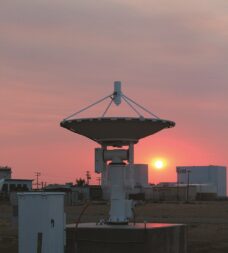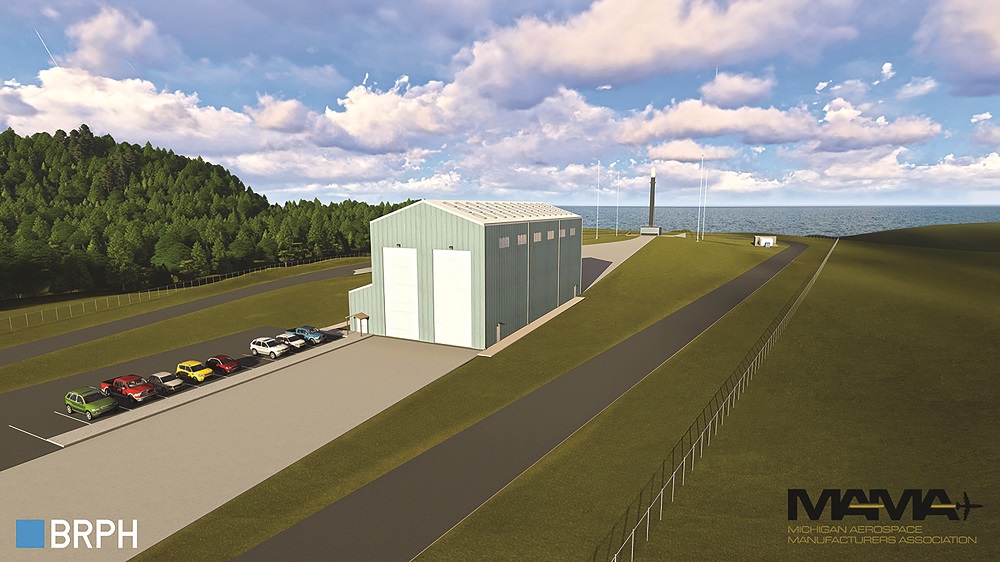Michigan colleges and universities offer extensive instruction in aerospace research and engineering. After college, though, many graduates leave the state for jobs in California, Florida and Texas.
“We’re looking at building an entire ecosystem of value that supports growth and the retention of that talent that’s being trained here,” said Gavin Brown, executive director of the Michigan Aerospace Manufacturers Association.

The Michigan Aerospace Manufacturers Association is working to build Michigan’s space sector through projects like Space Enabled Connectivity for Advanced Mobility or SECAM. SECAM brings together public, private and academic organizations working on satellite and terrestrial technologies related to secure 5G communications networks. Among the beneficiaries of these global communications networks will be autonomous cars developed by Michigan’s automotive industry.
As part of SECAM, Michigan is securing funding for the Michigan Center of Excellence, a campus with office space and facilities for technology research, development, testing and evaluation. The SECAM campus is designed to attract organizations focused on various technologies from advanced manufacturing to artificial intelligence, cyber security, quantum and edge computing.
“Other parts of the country are focused on bits and pieces of this,” Brown said. “I think the real value comes from the entire ecosystem: engineering and prototyping to production.”
In December, Michigan Gov. Gretchen Whitmer signed a $1 billion package of investments and tax incentives to help the state bring in critical industries. SECAM and the other Michigan Aerospace Manufacturers Association initiatives could qualify for those incentives as well as for federal funding from the Commerce, Education and Energy Departments.
The Michigan Aerospace Manufacturers Association also is working with Midwestern research institutions, WrightPatterson Air Force Base and the Air Force Research Laboratory to secure funding for the proposed Mid-America Hypersonic Suborbital Test Range initiative.
Through the Michigan Launch Initiative, the Michigan Aerospace Manufacturing Association leads a public-private partnership focused on identifying and establishing sites for horizontal and vertical satellite launches as well as a command and control center for satellite operations.
This article originally appeared in the February 2022 issue of SpaceNews magazine.
In this series

